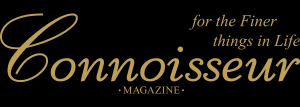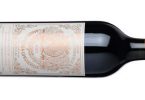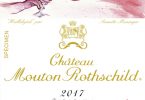
You may also like
My Memories of Michael Broadbent
4 years ago
Deadline is January 6th to Push Back Against 100%...
4 years ago
ANNETTE MESSAGER ILLUSTRATES THE LABEL OF CHATEAU...
4 years ago
California Vintners Gear Up for 2019 Harvest
5 years ago
New Consumer Research Presented at First U.S...
5 years ago
ZACHYS PRESENTS: THE VAULT PART I THE PRIVATE FINE...
8 years ago






